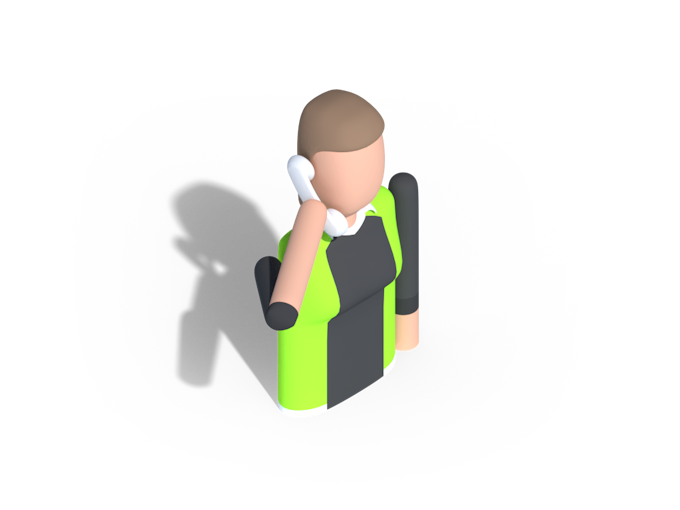According to a recent study, 32% of all customers would stop doing business with a brand they loved after just one bad experience – and in what situation is damage a positive experience?
In this article, we’ll dive further into the importance of protective packaging and provide practical tips on how to minimise damage in transit.
The significance of protective packaging
Protective packaging serves as a shield for products, safeguarding them against potential hazards during transportation. It acts as a buffer, absorbing shocks, and vibrations, as well as protecting against environmental factors.
Protective packaging has three main goals. These goals are to, of course, prevent damage, but also reduce costs and protect your brand’s reputation:
- a) Damage Prevention: Proper packaging significantly reduces the risk of damage caused by mishandling, collisions, or drops during transit. Protective packaging also acts as a barrier against moisture, dust, and dirt to preserve the items quality, functionality and appearance.
- b) Cost Reduction: When products are adequately protected, the risk of breakage, scratches, dents, or other forms of damage is greatly reduced. This means that you can avoid the expenses associated with replacing or repairing damaged items, as well as losing out on business from unhappy customers.
- c) Brand Reputation: Protective packaging also plays a vital role in shaping your brand's reputation. Well-packaged products send a message to customers about your commitment to quality and customer satisfaction. When customers receive products that are securely packaged and arrive in perfect condition, it instils confidence and creates a positive impression. On the other side, inadequate packaging that results in damaged goods can have a detrimental impact on how your brand is perceived.

